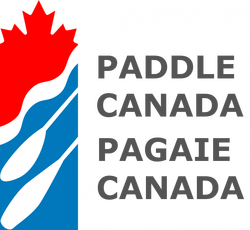1. Purple Rain Hiking Skirt
Over the past few years I have tried a number of hiking skirts from companies like Mountain Hardwear, Indygena and Mont Bell. Hands down my favourite of them all is the Purple Rain Hiking Skirt. An A-line designed skirt with just the right amount of flare to not inhibit range of motion while still looking stylish and slim. It doesn't stick to sweaty skin, does not ride up, and dries quickly. I love the extra air flow it provides in humid conditions and the side pockets to stash your phone or other gear. I might have to get a second one!
2. Outdoor Research Refuge Air Jacket
A big move in the outdoor industry are these synthetic fleece fibers (ie Polartec Alpha) that are capable to dumping and trapping heat for you so that you don't have to thermoregulate by layering up or down. I have tried a several jackets made with this type of active insulation and it has been pretty amazing but I have to say that the Outdoor Research Refuge Air Jacket has hit the nail on the head. The VerticalX Air insulation is amazing. I absolutely love that jacket. Worn with only one synthetic baselayer underneath, it 's all I need for aerobic winter conditions whether it's -2C or -25C.
3. Patagonia Barely Bra
This thin stretch breathable bra has been my new 'go-to' for hiking and backpacking. Lightweight, easy to dry and super comfortable, this bra is going to be coming on more trips with me in the future.
4. ExOfficio Give-n-Go Sport Mesh Underwear
My favourite underwear for hiking, backpacking and travelling. Lightweight, easy to wash and dries quickly. I love these underwear for all my active sweaty pursuits. I need more pairs!
5. Trekology Camping Pillow 2.0
My new favourite camping pillow! Very affordable, and very comfortable, this pillow weighs in at 3.4oz or 100g! It packs down super small. What is great about the 2.0 version is that it comes with anti-slip dots to keep the pillow in place on your sleeping mat. Comes in multiple colours and takes no time to inflate. I like mine about 75% inflated. Great value for some that is $17.
6. Patagonia Duck Bill Trucker Hat
Tired of replacing sweat-stained trucker and running caps? Enter the Duck Bill Trucker. No sweat stains, breathable and weather resistant. This hat is highly-packable and has some really cool features. The underside of the bill is black in colour which prevents glare from searing your eyeballs. When going uphill in forested terrain, you can flip the bill up so that your line of sight is longer so that you don't hit your head on any low branches. I love how bomber this hat is - I don't worry at all about taking it with me on any summer adventures.
7. Arc'teryx Beta SL Hybrid
Arc'teryx is known for making high quality goods and this Gore-tex hard shell did not disappoint. It has been an excellent all-round shell be in a summer downpour or as a windshell backcountry hiking or skiing. At 10.6 ounces, it is my lightest hard shell and one that I don't mind carrying in my pack most of the time.
8. Two Books: ROAR and The Hungry Spork
I don't really consider books 'gear' per se, but these two have really revolutionized my approach to training and fueling. ROAR, by Stacey Sims, breaks down female physiology and how it relates to training and performance. With this knowledge, I have completely changed my perception of training and how women can maximize their performance based around their physiology. This is fascinating for someone like me who studied Exercise Science in Uni. The second book is The Hungry Spork by Inga Aksamit who has created numerous DIY dehydrated meals for backcountry pursuits. After trying these recipes this summer, I won't go back. I felt like I never had to snack between meals and has changed the way I eat and fuel while backpacking. Both AMAZING!
9. The North Face Campshire Hoody 2.0
This cozy hoody pullover is made with Sherpa Fleece. It's like a little heater engine I put one when I have a chill or just want to be warm and cozy. I love the hand pockets and hood - I could live in this garment this winter - and probably will! It is one of the only pieces of clothing I put on when temps drop that I instantly feel warm in.
10. Outdoor Research Methow Pant
The OR Methow pant is an insulated softshell pant made for winter adventuring. What I love about these pants is that they have movement mirroring stretch and never feel bulky or stiff. They have two kinds of fleece inside them with the warmer of the two where women need it the most - around their butt. It has two leg pockets also fleece lined that are large enough to fit my iPhone XR. I wear these pants snowshowing, xc skiing, and cool weather hiking. I love how these pants are not baggy around the ankles. I did have size up one size from my normal OR bottom sizing.
Need more ideas? Check out my top ten lists from 2019, 2018, 2017, 2016, & 2015
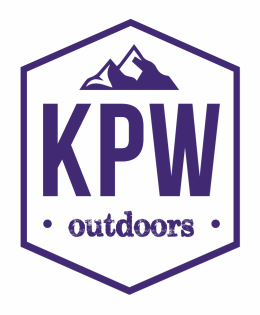
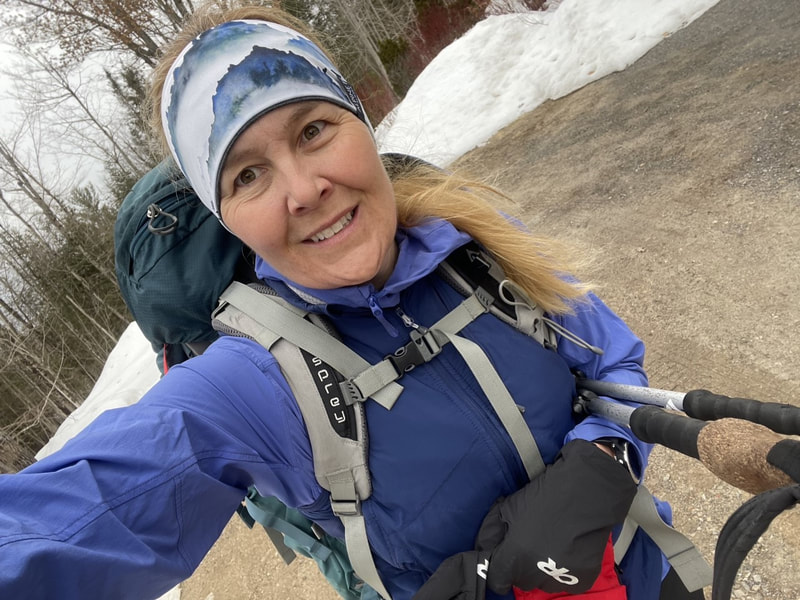
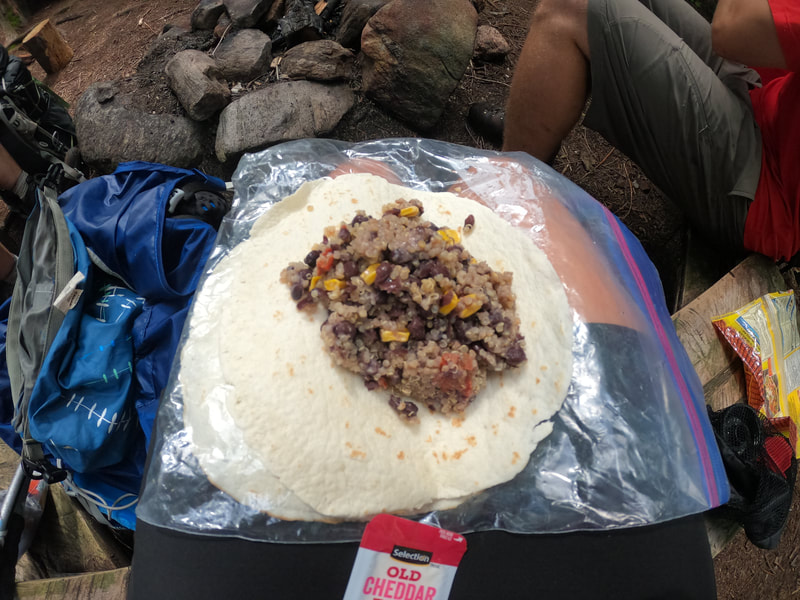
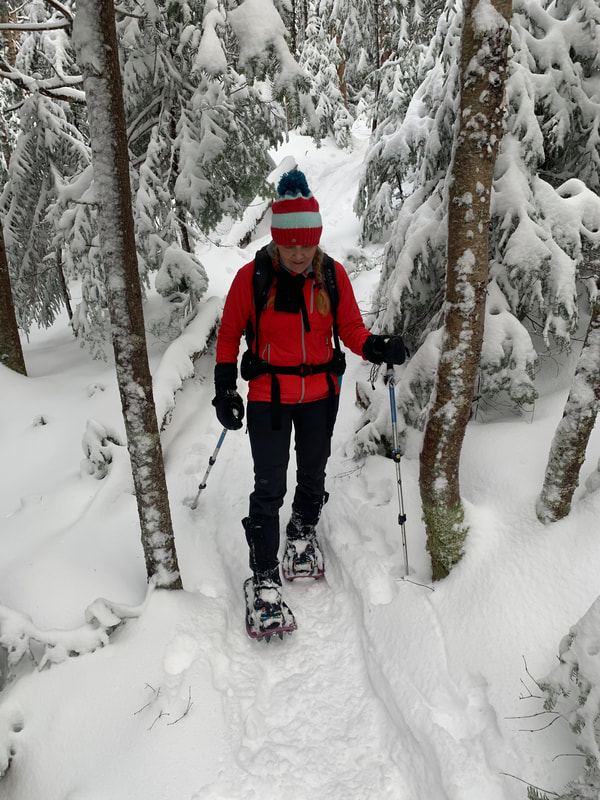
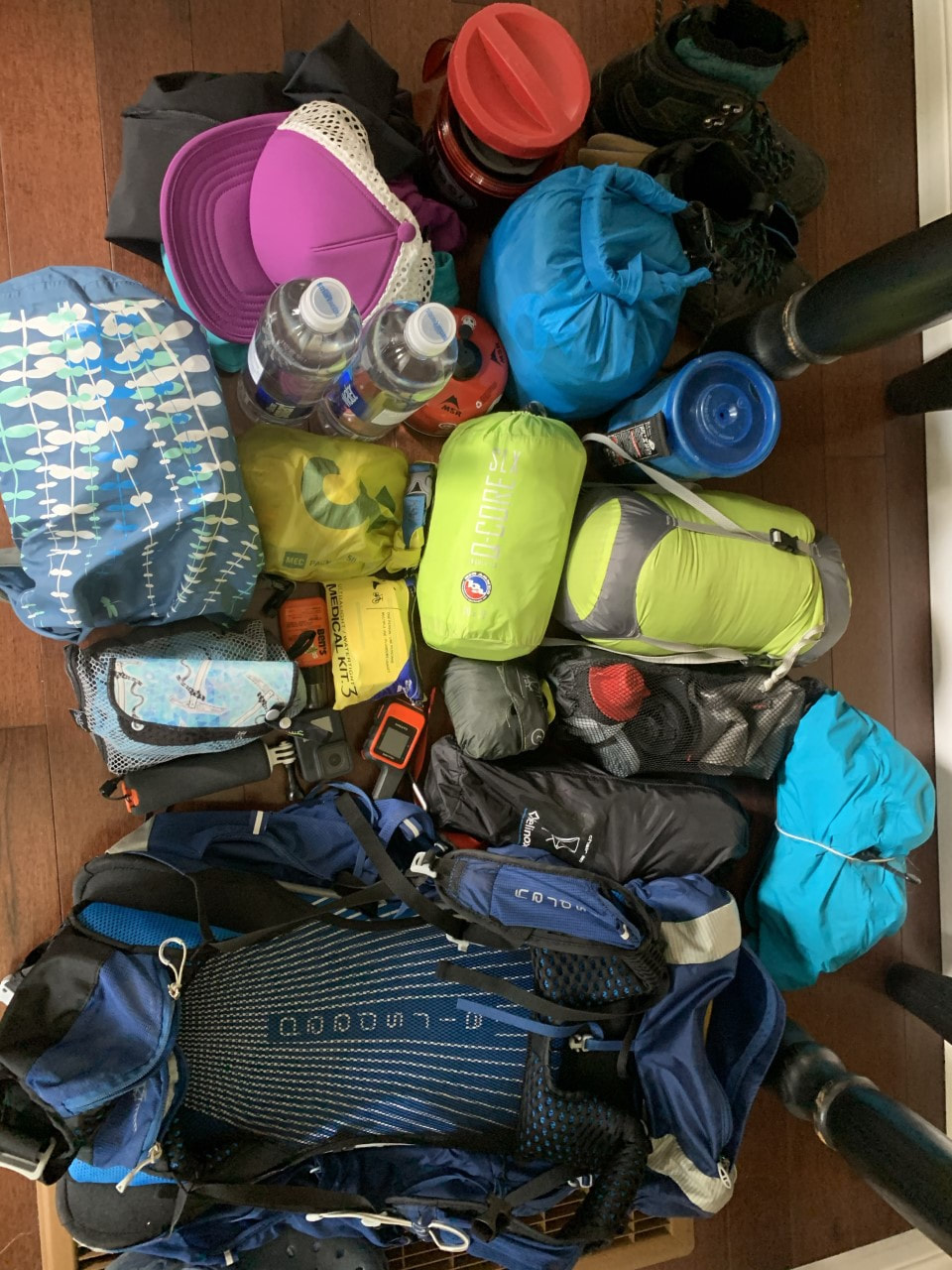
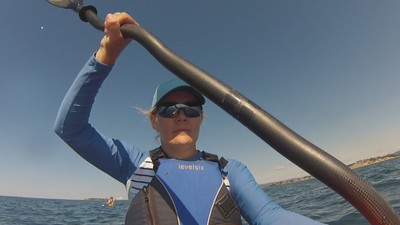
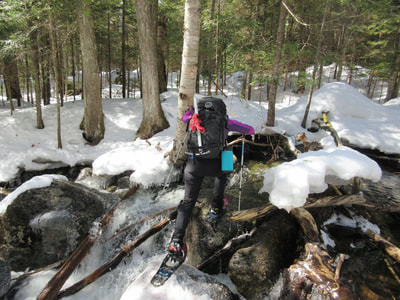
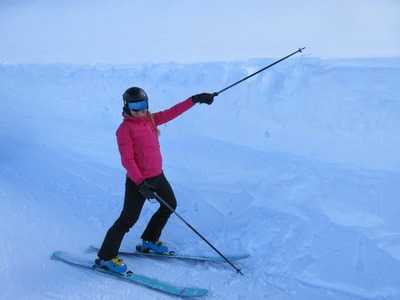
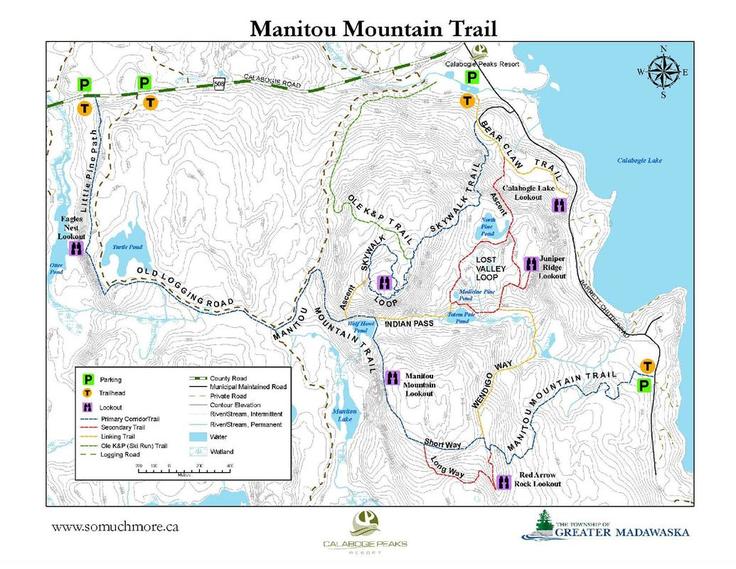
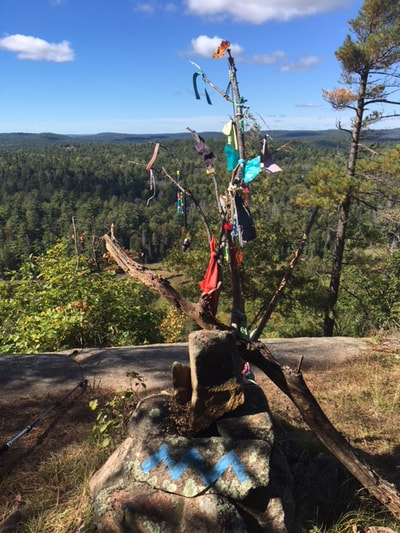
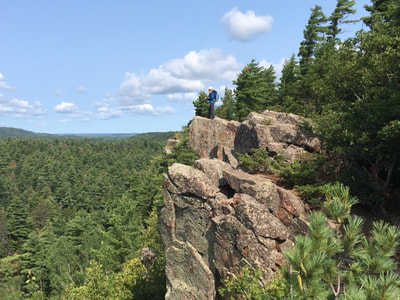
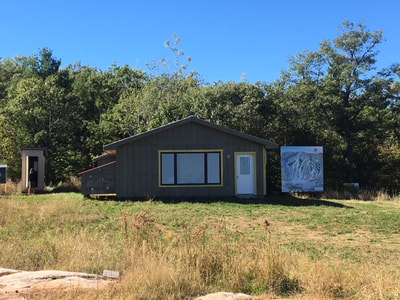
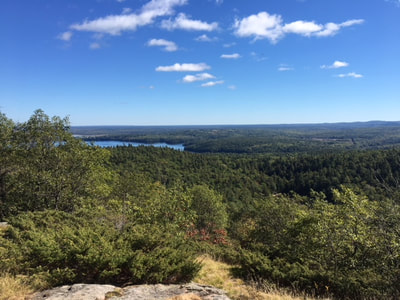
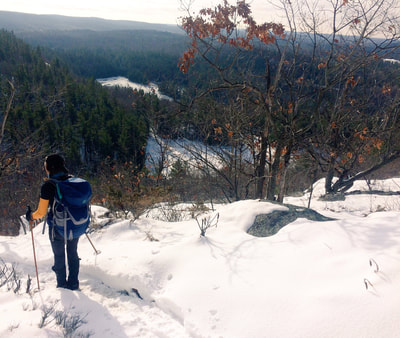
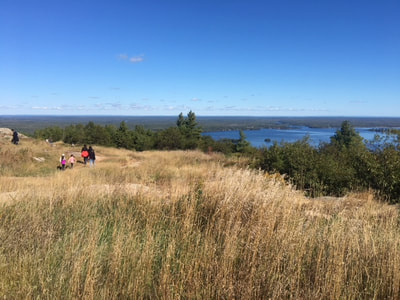
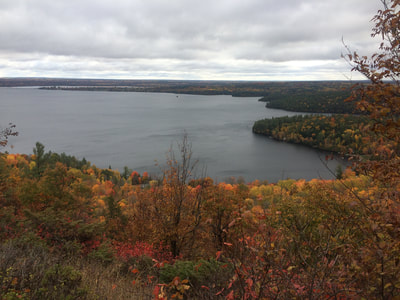
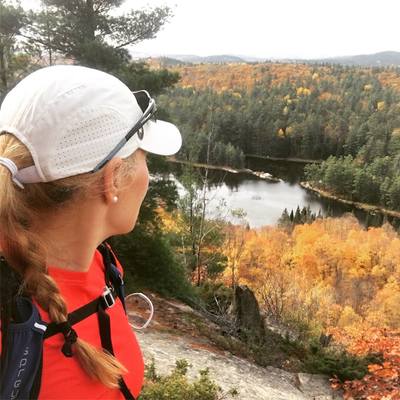
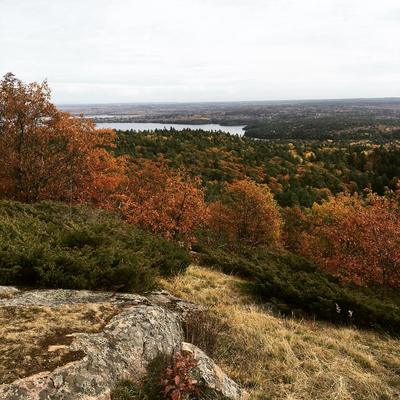
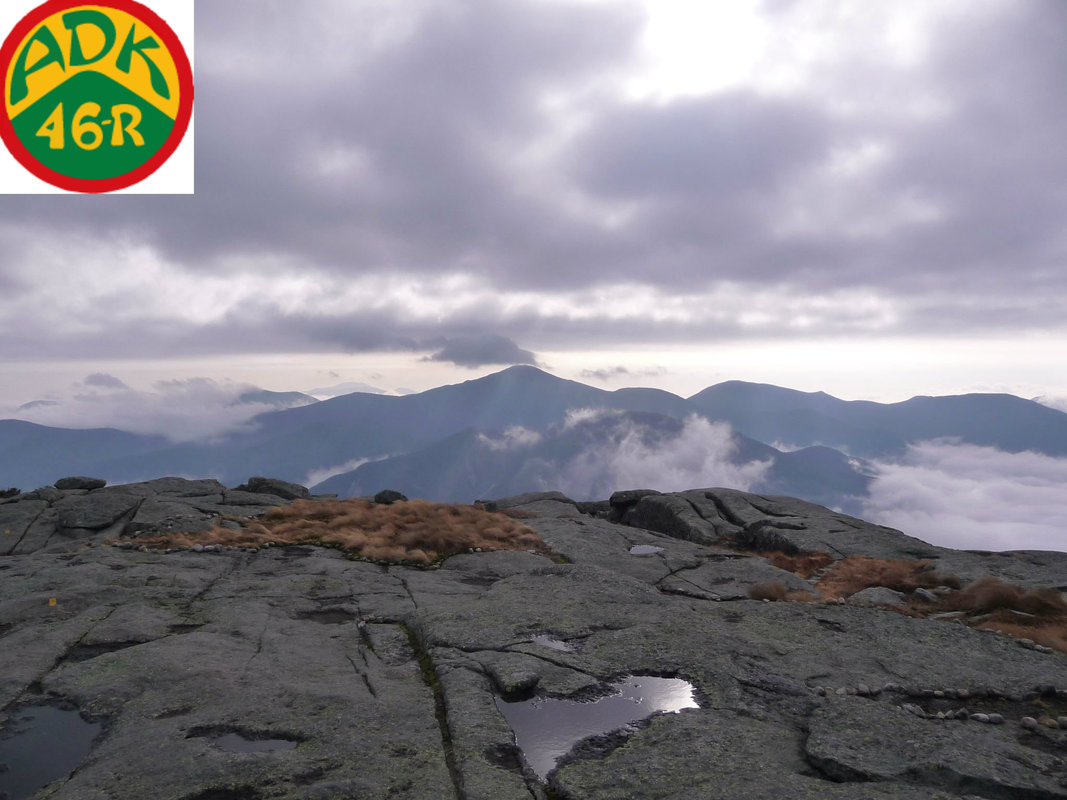
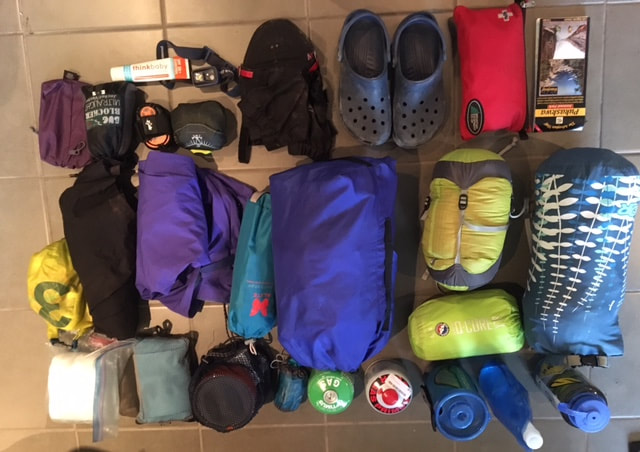

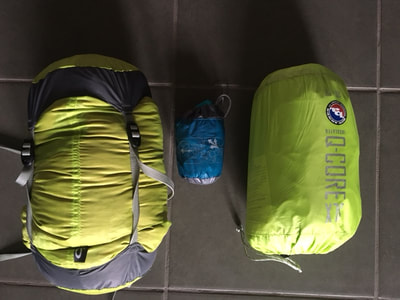
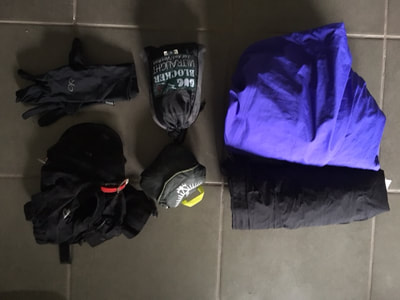
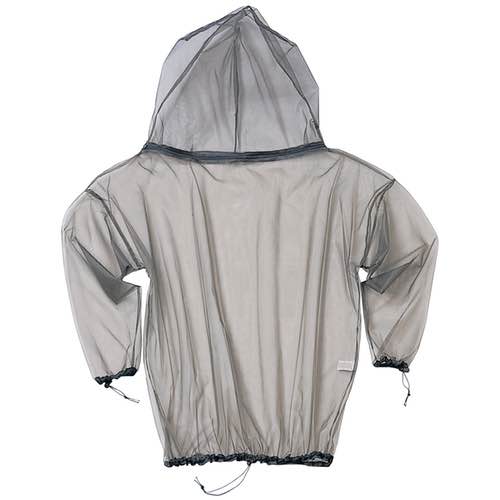
 RSS Feed
RSS Feed

